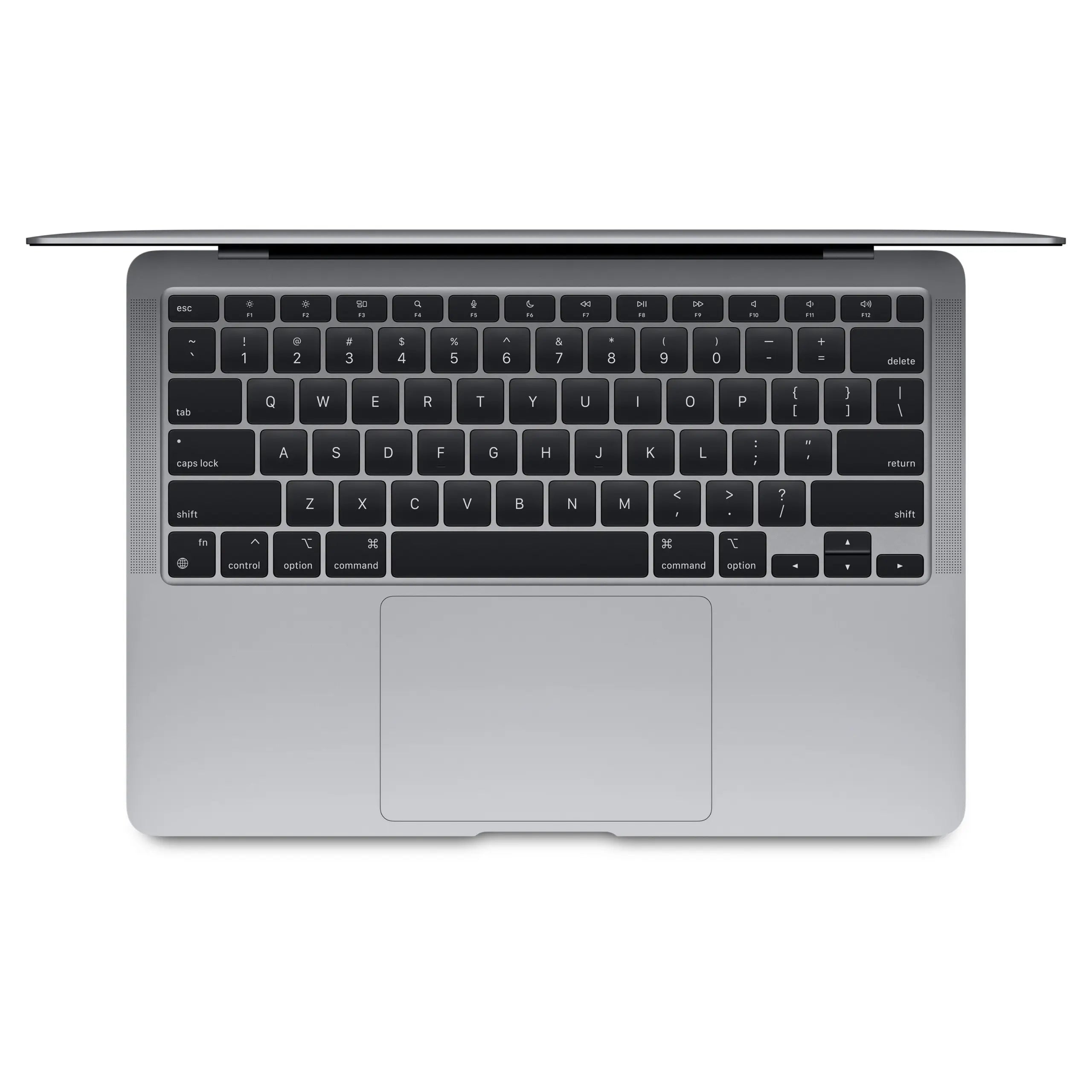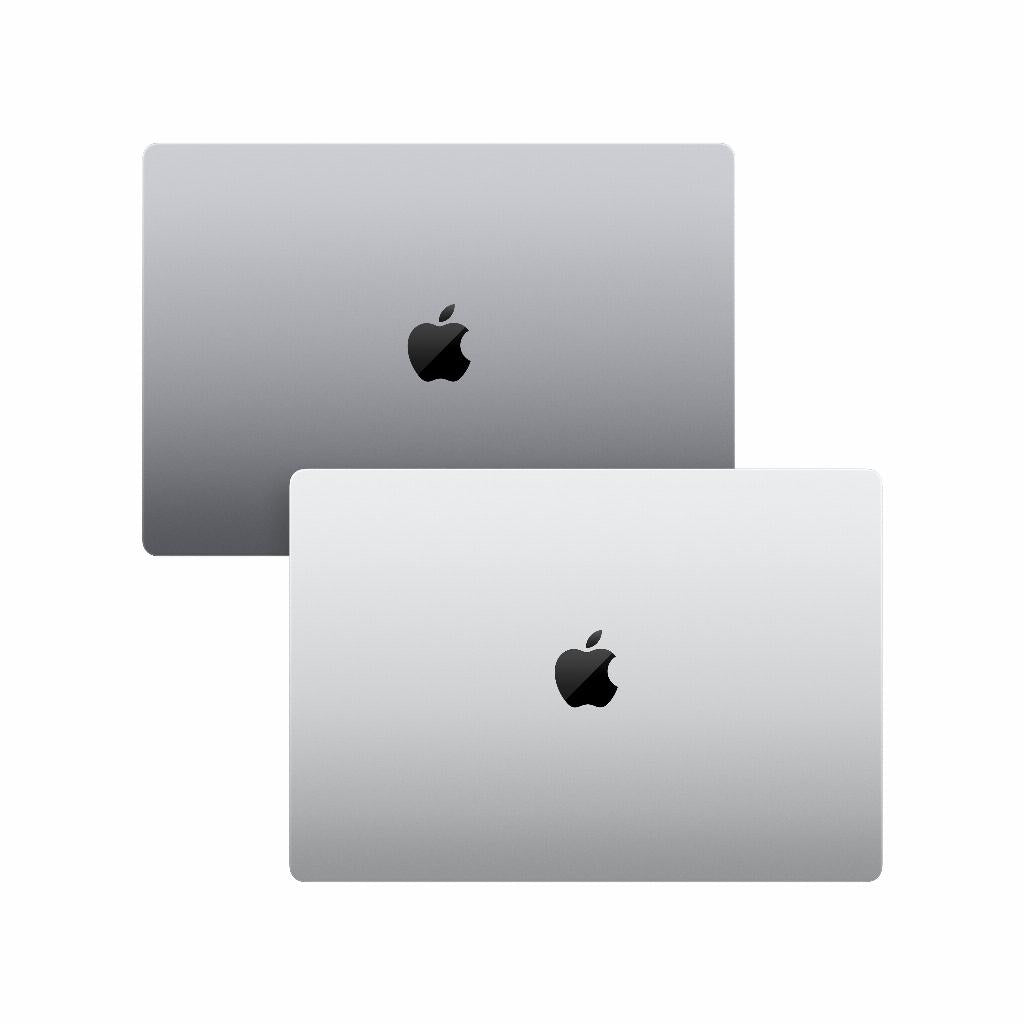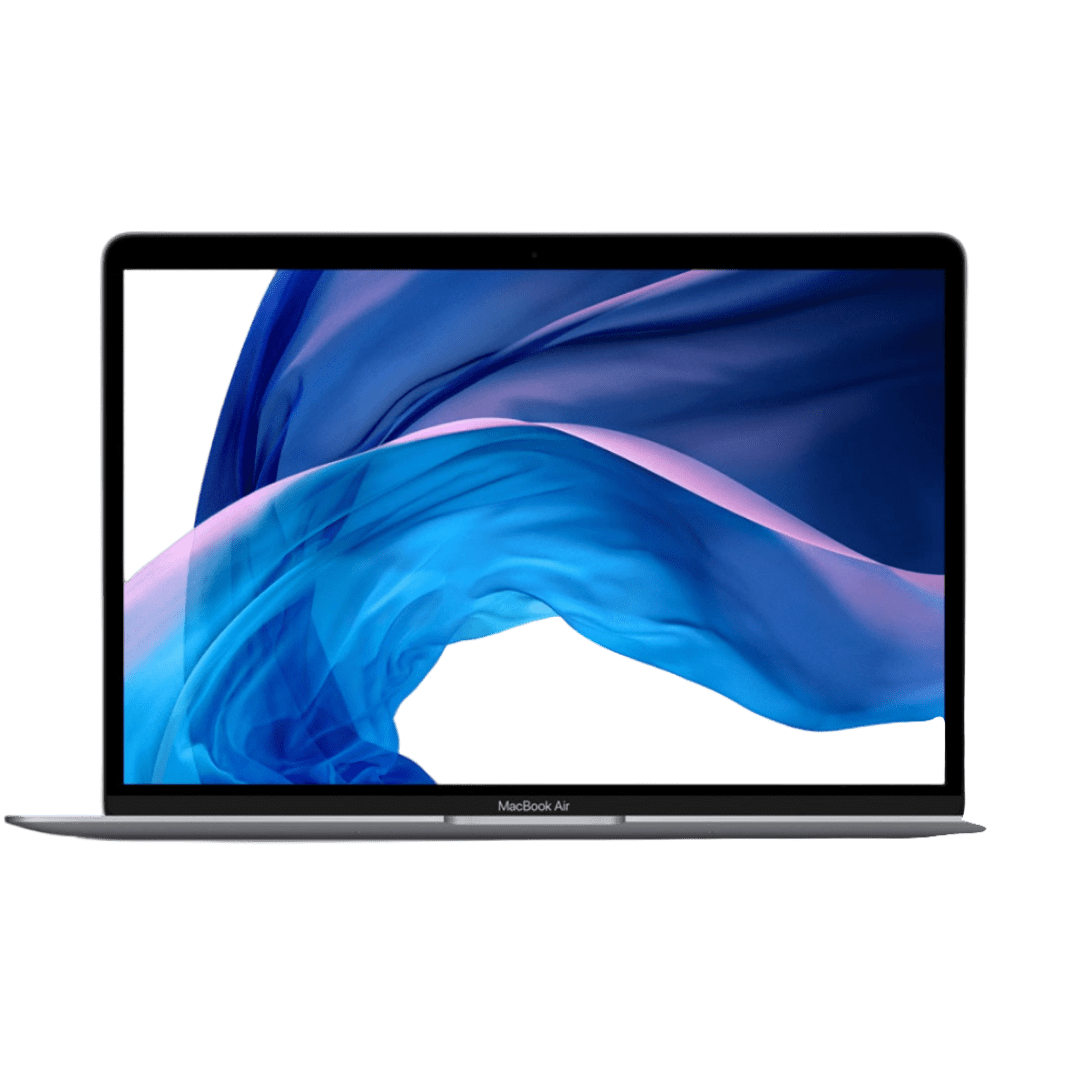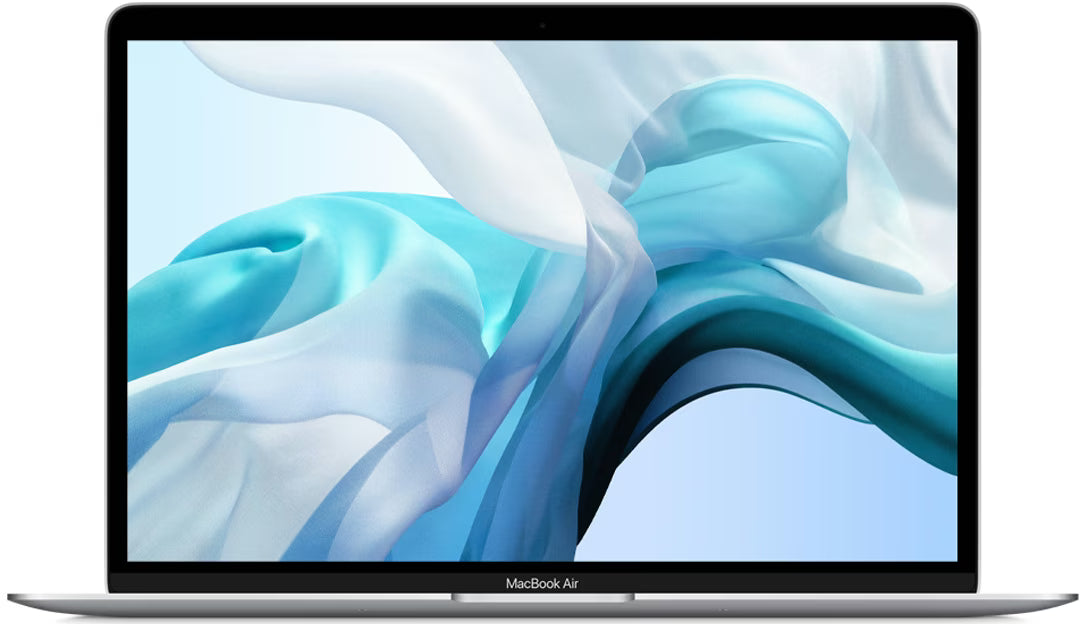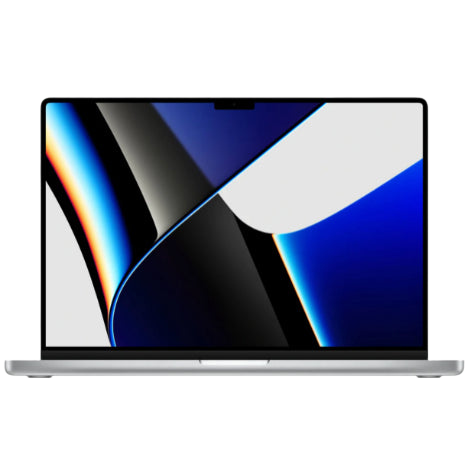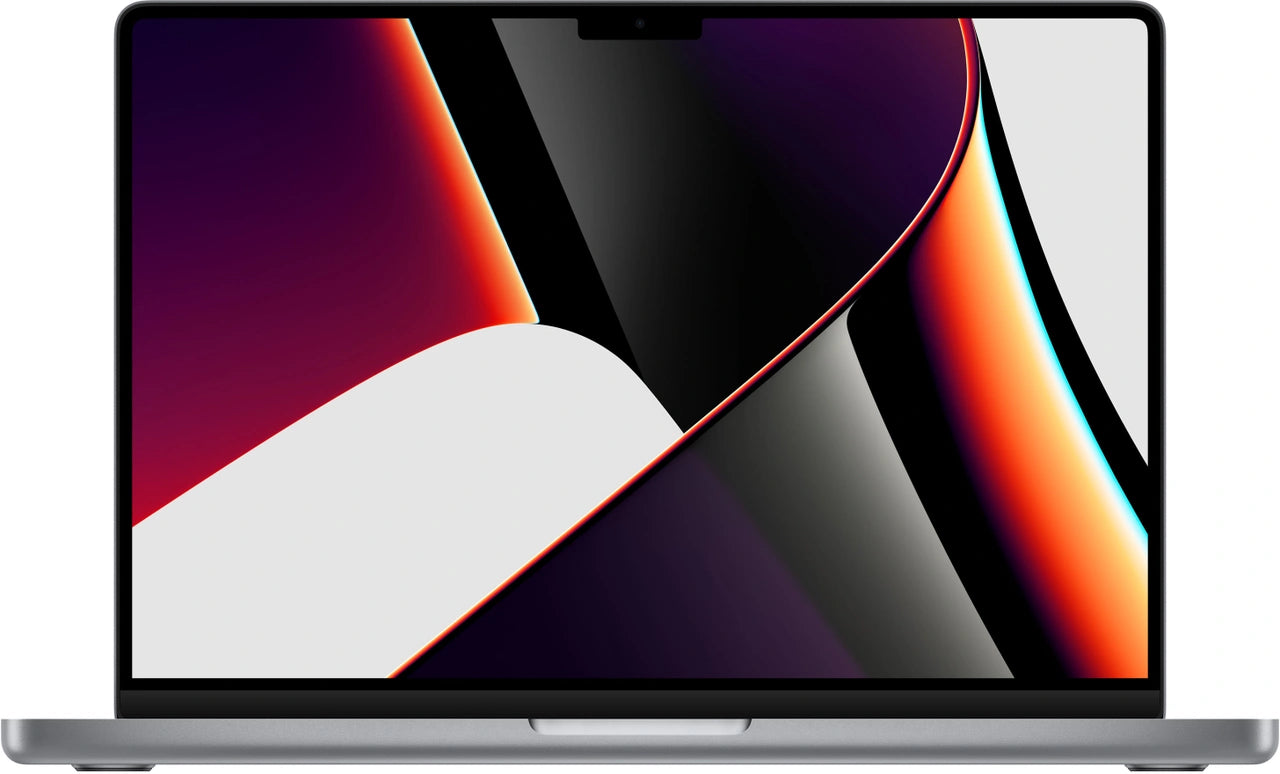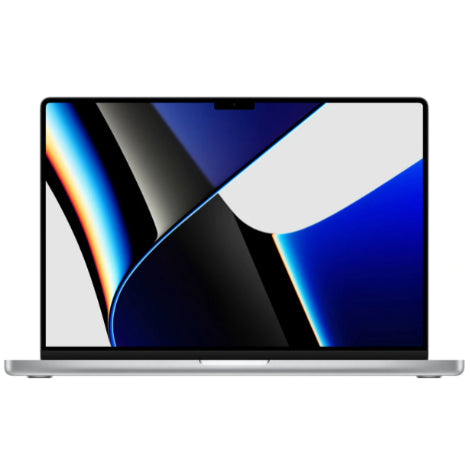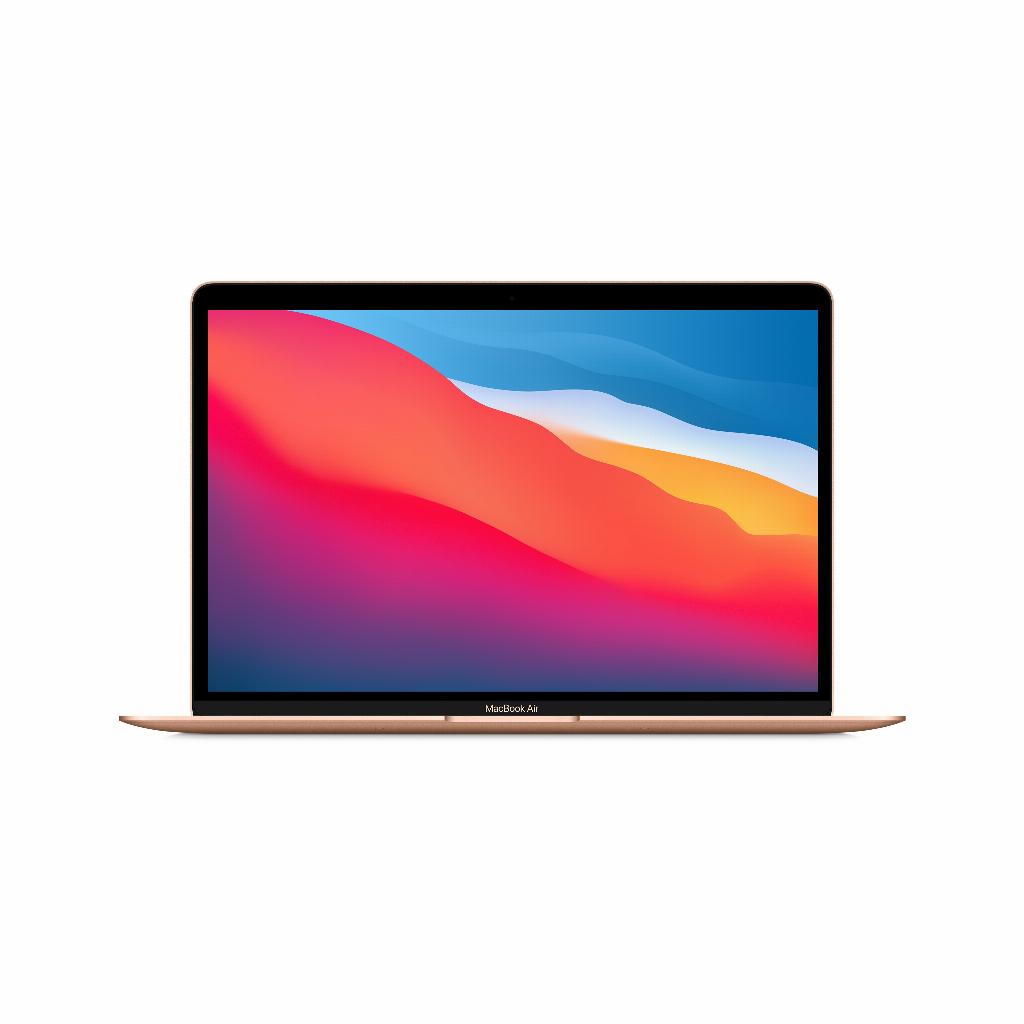Your MacBook's Port Confusion: Why It's Smarter Than You Think
Your new MacBook has five different ports. Or three. Or maybe even seven. USB, USB-C, Thunderbolt, HDMI—it's like an alphabet soup of connections. You think you want to plug in a simple USB drive, but it won't fit. Connect your camera? You need another cable. Yet, this isn't a design flaw on Apple's part. It's actually the smartest move they've made. Because while you think all those different ports are confusing, you probably only use one or two regularly. The rest? They're there for that one time you really need them. And with the right accessories —a simple adapter or hub—you can transform any port into exactly what you need. Even charging your AirPods using the same port as connecting your external display becomes a breeze.
Useful links:
The evolution of MacBook ports
The port selection on modern MacBooks can seem confusing at first, especially when upgrading from an older model. Where there used to be several dedicated ports for each function, you now see USB-C and Thunderbolt dominate. This shift isn't a random decision, but a well-considered strategy that combines flexibility with future-proofing.
USB ports: the classic workhorses
The traditional USB-A port, recognizable by its rectangular shape, is slowly disappearing from the MacBook landscape. For years, this connector served as the standard for connecting mice, keyboards, external hard drives, and countless other accessories.
Older MacBook models often have two or three of these ports. They support various USB standards:
- USB 2.0 : transfer speed up to 480 Mbps
- USB 3.0 : speeds up to 5 Gbps
- USB 3.1 : reaches 10 Gbps
While newer models lack these ports, they remain relevant with adapters. A USB-C to USB-A adapter is inexpensive and makes all your existing accessories usable.
USB-C: the new standard
USB-C revolutionizes how we connect devices. This oval, reversible port supports not only data transfer but also video, audio, and power delivery. A single USB-C port can:
- Charge your laptop (up to 100W with Power Delivery)
- Connecting a 4K monitor
- Transfer data at speeds of up to 40 Gbps
- Powering external GPUs
Its versatility does mean you need to pay close attention to which functions your specific USB-C port supports, as not all USB-C ports are created equal.
Thunderbolt: Speed without compromise
Thunderbolt ports look identical to USB-C but offer significantly more capabilities. The lightning bolt symbol next to the port indicates the presence of this technology.
Thunderbolt 3 offers:
- Data transfer up to 40 Gbps
- Two 4K displays or one 5K display support
- Daisy chain up to six devices
- Charging up to 100W
Thunderbolt 4 improves this further with:
- Guaranteed 40 Gbps on all ports
- Support for one 8K display
- Better protection against DMA attacks
- At least one port for charging
Professional users especially appreciate the ability to connect multiple high-end devices simultaneously without any loss of performance.
HDMI: direct video connection
The HDMI port returns to recent MacBook Pro models after years of absence. This direct connection eliminates the need for adapters when presenting or connecting to televisions.
Modern MacBooks support HDMI 2.0 or 2.1, which means:
- 4K video at 60Hz (HDMI 2.0)
- 4K at 120Hz or 8K at 60Hz (HDMI 2.1)
- Support for HDR content
- Audio Return Channel for sound systems
SD card reader: back after a long absence
Photographers and videographers rejoiced when Apple brought back the SD card reader on the MacBook Pro. This slot accepts:
- SDXC cards up to 2TB
- UHS-II cards for fast transfer
- Different card formats via adapters
The built-in reader not only eliminates the need for an external card reader but also significantly speeds up your workflow. Transfer speeds reach 250 MB/s with UHS-II cards.
MagSafe: magnetic charging
MagSafe 3 marks the return of magnetic charging. The advantages:
- Prevents damage when tripping over the cable
- Faster charging than USB-C (up to 140W on 16-inch models)
- Frees up USB-C ports for other tasks
- LED indicator shows charging status
Practical tips for port management
Invest in a good hub : A USB-C hub with multiple ports solves many compatibility issues. Choose a model with the ports you use regularly.
Cable management : Keep a set of adapters with your laptop. A compact case with USB-C to USB-A, HDMI, and Ethernet adapters will cover most situations.
Check specifications : Not all USB-C cables are created equal. For fast data transfer or connecting displays, you need cables that support the correct standards.
Use docking stations : For a fixed workspace, a Thunderbolt dock provides single-cable connectivity to all your peripherals.
Future perspective
The trend toward universal connectivity via USB-C and Thunderbolt continues. This means fewer different cables, but it does mean the need for adapters during the transition period. Therefore, invest in quality adapters that will last for several years.
The port selection on your MacBook largely determines how you work. By understanding the capabilities of each port, you'll maximize productivity and avoid frustration when connecting devices.
Flexibility through smart port choices
Choosing ports on your MacBook might seem complex at first, but ultimately, it's all about flexibility . With USB-C and Thunderbolt as central ports, modern refurbished MacBooks cover almost every need—from simple USB drives to professional displays. The key lies in a handful of good adapters that keep your existing equipment usable. This way, you can transform each port into exactly what you need, when you need it. A smart investment in the right accessories makes the difference between frustration and a smooth experience with your refurbished device .



